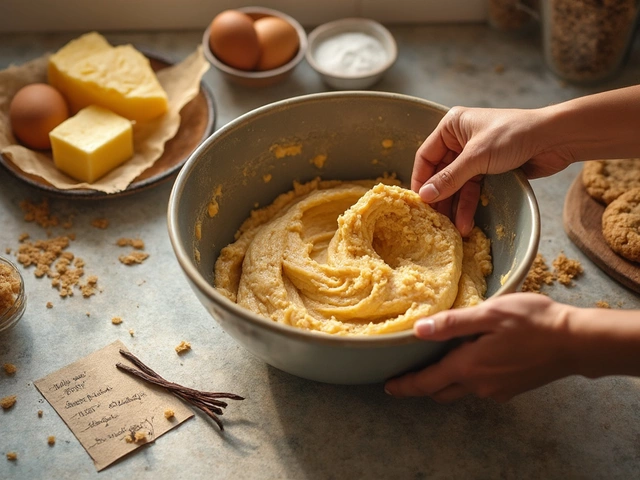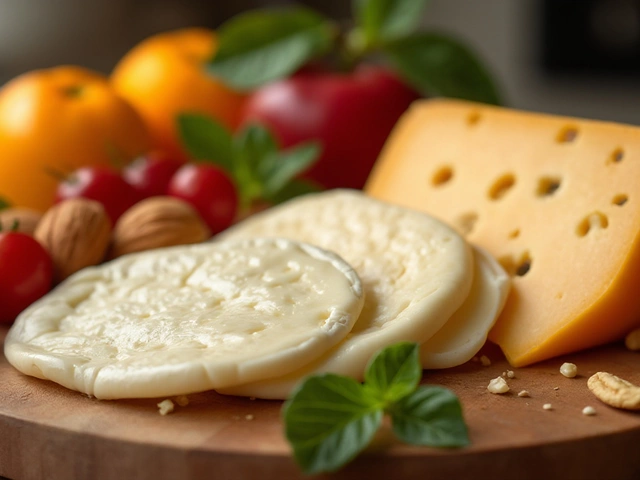Macaron Ingredients – The Basics for Perfect French Cookies
If you want light, crisp‑outside, chewy‑inside macarons, start with the right pantry staples. The list is short, but each item matters. Below you’ll find the core ingredients, why they work, and a few shortcuts that save time without sacrificing texture.
Core Ingredients and Their Roles
Almond flour is the backbone of a macaron. It gives the cookie its nutty flavor and delicate crumb. Use a fine‑ground, blanched almond flour and sift it at least twice to avoid gritty spots.
Powdered sugar (also called icing sugar) adds sweetness and helps create a smooth batter. Like almond flour, it needs a double sift to remove any clumps that could ruin the shell.
Egg whites are the leavening hero. Fresh, room‑temperature whites whip up into a glossy meringue that holds the structure. If you can, separate the whites a day ahead and let them rest in the fridge; this stabilizes the proteins and gives a more reliable rise.
Granulated sugar is mixed into the egg whites to sweeten the meringue and stabilize it. The ratio is usually 1:1 by weight with the whites, but you can adjust a little for a softer texture.
Optional flavor boosters like vanilla extract, citrus zest, or melted chocolate can be folded in after the batter reaches the right consistency. Keep additions light so they don’t weigh down the airy mix.
Tips for Preparing and Storing Ingredients
Measure everything by weight, not volume. A kitchen scale removes the guesswork and ensures the almond flour‑to‑sugar ratio stays spot‑on. Most bakers aim for about 100 g almond flour, 100 g powdered sugar, and 80 g egg whites for a 12‑macaron batch.
When you whisk the egg whites, start slow and increase speed once they become foamy. Add the granulated sugar gradually; you’ll know it’s ready when the meringue forms stiff, glossy peaks that stand up straight when you lift the beaters.
After you fold the dry ingredients into the meringue, the batter should flow like lava. If it’s too runny, the macarons will spread; too thick, and they’ll be hollow. A simple test: lift the spatula and watch the batter fall back in a steady ribbon that disappears after a few seconds.
Pipe the batter onto a parchment‑lined tray, then let the shells rest for 30‑60 minutes. You’ll know they’re ready when the surface feels dry to the touch and doesn’t stick to your fingertip. This step creates the iconic “feet” during baking.
Once baked, let the shells cool completely before adding your favorite filling—ganache, buttercream, or jam. Store assembled macarons in an airtight container in the fridge for up to three days; they actually improve as the flavors meld.
In short, perfect macarons start with quality almond flour, powdered sugar, fresh egg whites, and a bit of patience. Follow these basics, and you’ll be pulling beautiful, bite‑size treats out of the oven in no time.

Macaron Cost: How Much Does It Really Take to Make Them?
Curious about the real cost of making macarons at home? This article breaks down every expense, from almond flour to electricity, and compares homemade options with store-bought ones. Get tips to save money while baking these colorful treats and find out if making them yourself is really worth it. Learn which ingredients matter most and what equipment affects your budget. Plus, discover some fun facts to help you perfect your batch.
View More




